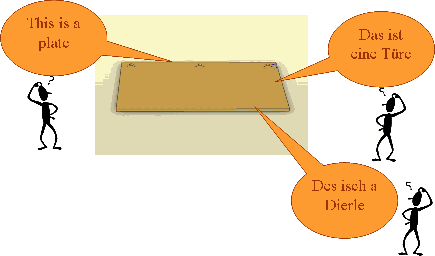Semantic feature technology in woodworking
 |
The concept of "feature based modelling" and "semantic features" is yet hardly found in the woodworking sector unlike the broad application of those modeling technologies in other manufacturing sectors. This is paradoxically astonishing because the feature technology has exactly the means to enable efficient variant engineering - which a woodworker needs actually on a daily basis to design and manufacture customized products in an economical manner. |
The Feature-Technology enables the comprehensive description of a vast number of model properties. Geometry features, such as 'Cut' or 'Extrude' are integrated into SOLIDWORKS®. PASCAM WoodWorks is additionally providing further, manufacturing-oriented useful features, like processing features, part description features, specific wood-engineering mating features, etc.
Features (characteristic properties) are used for the comprehensive description of a component. There are generally two different types of features in PASCAM WoodWorks:
- the geometrical features that define the shape of the component, as well as
- the manufacturing-specific features, which describe the applied CNC machining strategies to manufacture the component.
Any woodworking product model, i.e. a wardrobe cabinet can be described in detail, based on its individual properties, like the assembly method, the materials used, etc. up to its individual components. PASCAM WoodWorks enables to generate semantic relations between these descriptive features. Which means, that the individual components get 'intelligent' and the user can add and combine those components with each other in new design processes or design modifications very safe and easily.
With the help of features, directly user-defined at the model, a high degree of automation is provided, as well as a continuous, unbroken data flow - for the subsequent process steps from model design up to the manufacturing.